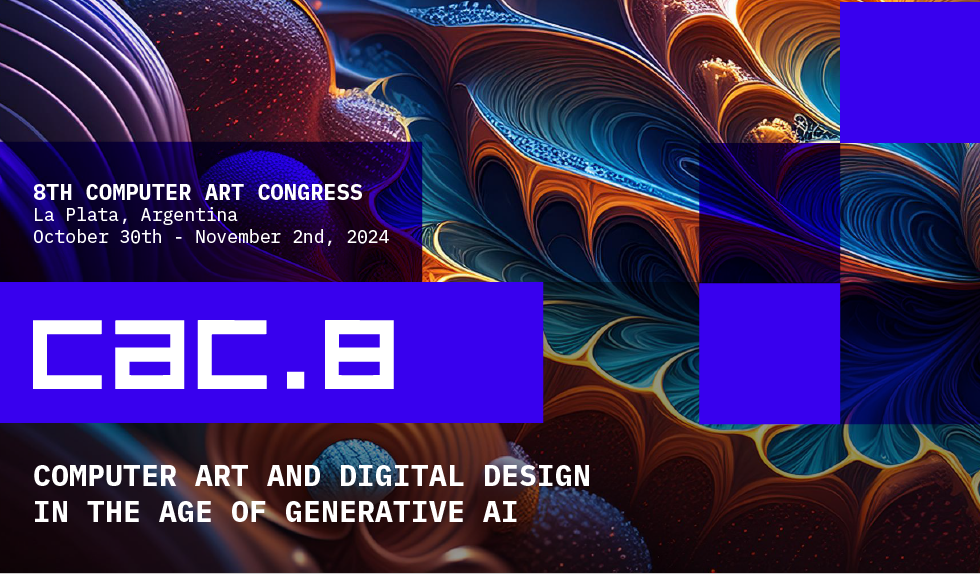As artificial intelligent (AI) technology drew attention by expanding its accessibility and way of promotion, the creative community reacted in various ways. The positive anticipation included the increased efficiency, randomized results, and higher resolution. Despite the fact that the wider application of the technology enabled many of the aforementioned expectations, a grim imagination is also available. One of the widely shared concerns is fake images. For instance, the European Parliament adopted the Artificial Intelligence Act earlier this year. The Act requires transparency when it comes to machine-created fabricated images such as deepfakes as they pose threats and harms to human rights. This aspect originates from the two structures of AI image-making. Firstly, the AI model requires a large dataset. The data can be acquired in a consensual copyright-free way or the opposite. Secondly, the high resemblance of realistic events convinces and affects the viewers. There are attempts to battle the harm with creating additional fake image detection tools powered by AI. Google developed a tool called SynthID to mark the artificial images' sources and authenticity. These are all valid approaches. However, sometimes it is not the matter of filtering, sorting, or verifying if the images are fake. For example, deepfake pornography, violence, and political propaganda benefit from their own falsity as long as the images are high-resolution. What does it mean to have a fascination towards high fidelity? Then what if the resolution of AI created images are lowered? What does it mean to have a race to high fidelity for the public distribution? What is the goal of this development steered by larger corporations and what does it mean from a visual cultural perspective? What kind of stylistic changes will it lead to? This developing project examines the current digital visual culture by briefly looking at existing examples and artifacts in the first part. Then it moves onto practice-based research that imagines and explores the speculative artifacts or tools to disrupt and discuss the high fidelity of artificial AI images and its rapid distribution.

Detouring the Path to Perfection: Generative Images and its Social Implications
1 : Northeastern University
* : Corresponding author
 PDF version
PDF version
